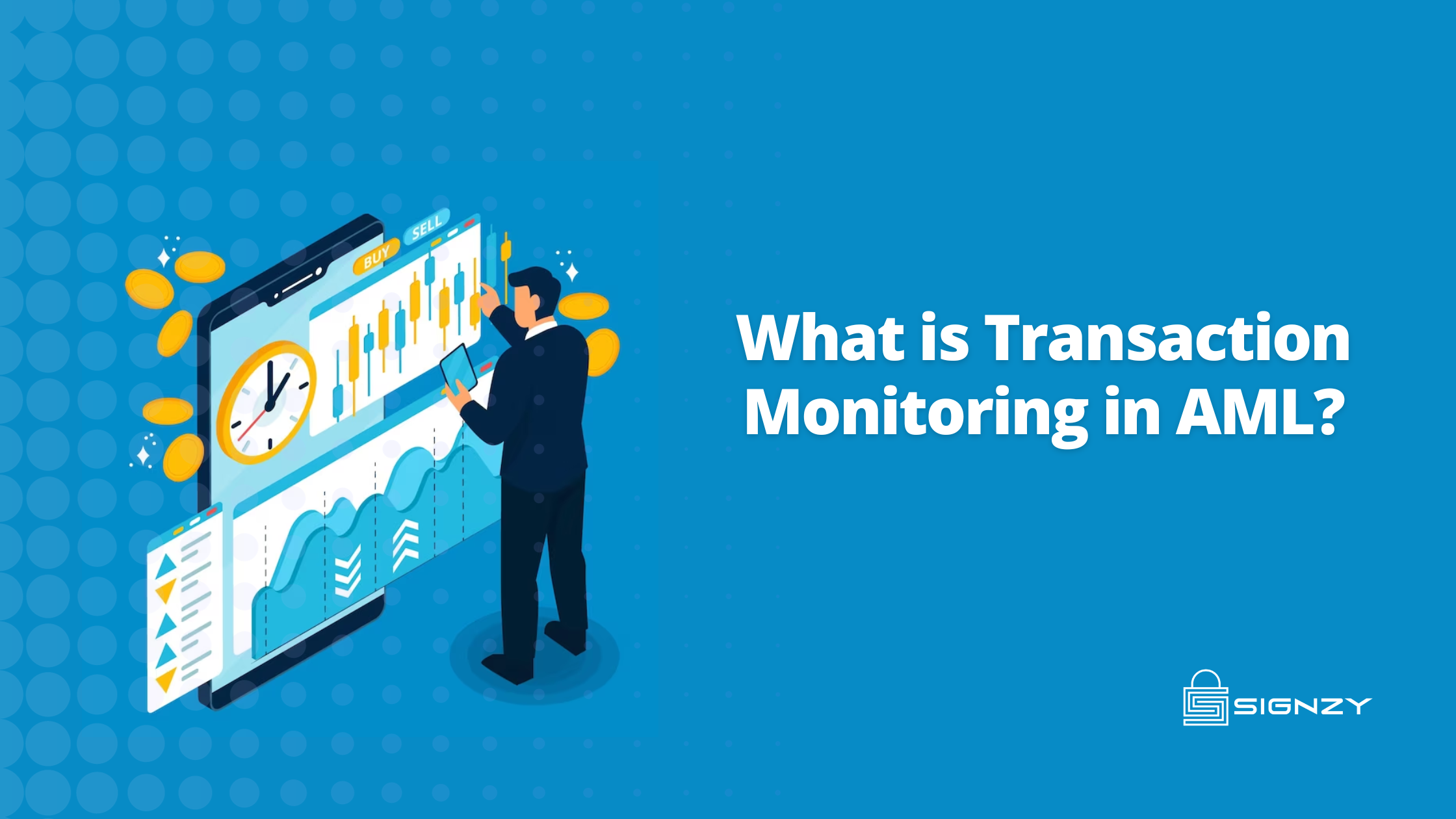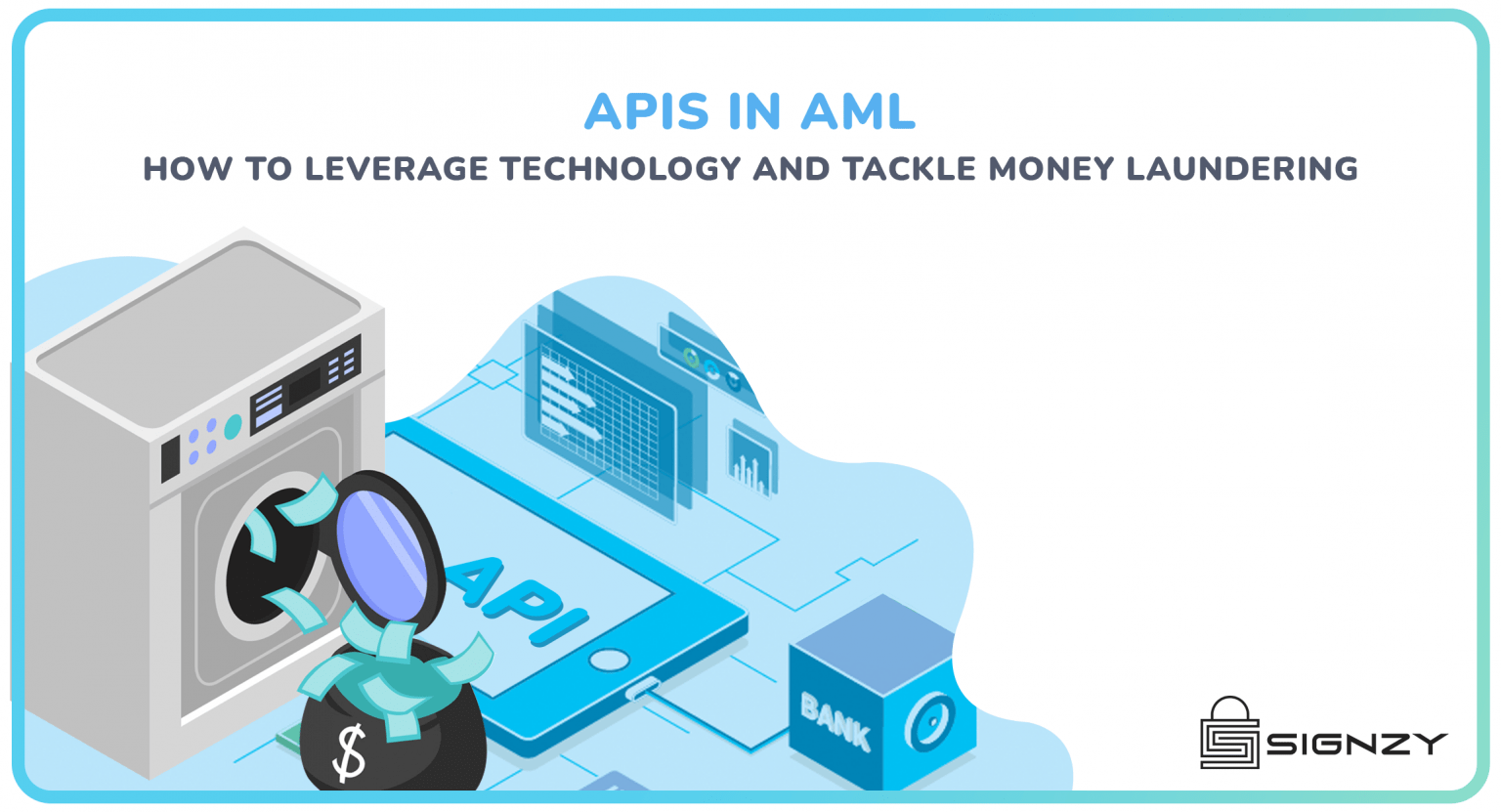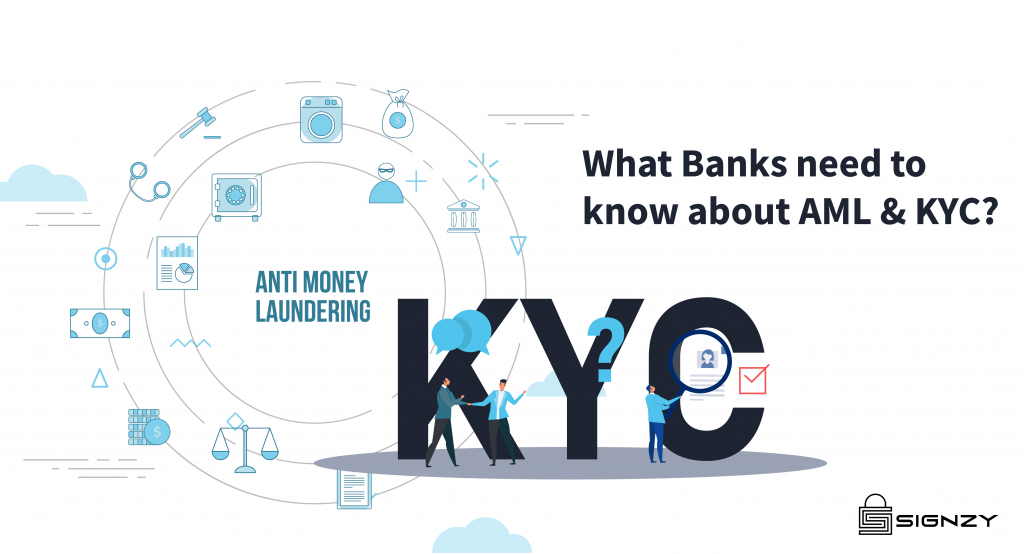Transaction Monitoring in Anti-Money Laundering (AML) is a pivotal tool in the fight against financial crime. It involves scrutinizing financial transactions to detect suspicious activities indicative of money laundering. This process not only helps in identifying potential risks but also ensures compliance with increasingly stringent regulatory standards. Understanding its mechanisms and applications is crucial for maintaining the integrity of financial systems.
In today’s global financial landscape, the battle against financial crimes, particularly money laundering, is a top priority for governments, regulatory bodies, and financial institutions. According to the United Nations Office on Drugs and Crime (UNODC), the estimated amount of money laundered globally in one year is 2-5% of global GDP, which translates to $800 billion – $2 trillion. This statistic underscores the cruciality of Anti-Money Laundering (AML) measures.
The Critical Role of Transaction Monitoring in AML
It is a fundamental component of AML efforts that aims to identify and investigate unusual or suspicious financial activities. Its primary role is to track financial transactions in real-time or retrospectively, analyze patterns, and flag potential red flags that could indicate money laundering, terrorist financing, or other illicit activities. Transaction monitoring acts as the eyes and ears of AML compliance programs, helping to maintain the integrity of the financial system.
Mechanisms of Transaction Monitoring
It relies on sophisticated algorithms and technology-driven processes to scrutinize vast amounts of financial data. Here’s how it works:
Data Collection: Transaction monitoring starts with the collection of transaction data from various sources, including banks, financial institutions, and other relevant entities. This data encompasses a wide range of financial activities, from wire transfers and cash deposits to credit card transactions.
Pattern Recognition: Advanced software is employed to analyze the collected data. These systems utilize predefined rules and algorithms to detect patterns that deviate from the norm. These patterns can include unusually large transactions, frequent international transfers, or transactions involving high-risk jurisdictions.
Alert Generation: When the monitoring system identifies a transaction that matches predefined suspicious patterns or criteria, it generates an alert. These alerts are sent to compliance officers for further investigation.
Investigation and Reporting: Compliance officers review the alerts generated by the system. They conduct in-depth investigations to determine whether the flagged transactions are indeed suspicious or potentially indicative of money laundering or other financial crimes. If warranted, they escalate the case for further action, including reporting to regulatory authorities.
Challenges in Transaction Monitoring:
While it is a powerful tool in the fight against money laundering, it is not without its challenges:
- The sheer volume of financial transactions can be overwhelming. Monitoring systems must process and analyze massive datasets, which can be a resource-intensive task.
- Transaction monitoring systems often generate false positives, flagging legitimate transactions as suspicious. This can lead to increased workload for compliance officers and potential delays in processing legitimate transactions.
- Criminals are constantly evolving their money laundering tactics. They employ increasingly sophisticated methods to evade detection, making it challenging for transaction monitoring systems to keep up.
- AML regulations are subject to change and vary from one jurisdiction to another. Compliance with these evolving regulations adds complexity to transaction monitoring.
Importance in Preventing Financial Crimes
Transaction monitoring plays a crucial role in preventing financial crimes, and its importance cannot be overstated:
- Transaction monitoring helps detect unusual or suspicious activities that may be indicative of money laundering, terrorist financing, or other financial crimes.
- The knowledge that transactions are being actively monitored acts as a deterrent to would-be money launderers and criminals. The risk of being caught discourages illicit financial activities.
- Financial institutions are legally obligated to comply with AML regulations. Effective transaction monitoring helps institutions fulfill their compliance obligations. This reduces the risk of regulatory penalties and reputational damage.
- The Financial Action Task Force (FATF) states that transaction monitoring is a key component of a robust AML/CFT (Countering the Financing of Terrorism) regime and emphasizes its importance in mitigating financial crime risks.
Conclusion
Transaction monitoring is the vigilant guardian of the financial system. Its sophisticated mechanisms, fueled by advanced technology and intelligent algorithms, play a crucial role in identifying and preventing financial crimes like money laundering, terrorist financing, and fraud.
As statistics show, the global financial system is vulnerable to these crimes, with money laundering alone estimated to reach a staggering $1.6 trillion annually. This alarming trend underscores the critical need for robust transaction monitoring systems.
Signzy’s Data Breach API serves as a powerful shield in this fight. This innovative tool provides real-time insights into data breaches, enabling financial institutions to verify the integrity of customer information and identify potential threats. By integrating the Data Breach API into their transaction monitoring systems, institutions can identify compromised credentials, prevent fraudulent transactions, and enhance compliance. Protecting sensitive data is paramount in today’s digital landscape, and Signzy’s Data Breach API is your ally in this endeavor.
About Signzy
Signzy is a market-leading platform redefining the speed, accuracy, and experience of how financial institutions are onboarding customers and businesses – using the digital medium. The company’s award-winning no-code GO platform delivers seamless, end-to-end, and multi-channel onboarding journeys while offering customizable workflows. In addition, it gives these players access to an aggregated marketplace of 240+ bespoke APIs, easily added to any workflow with simple widgets.
Signzy is enabling ten million+ end customer and business onboarding every month at a success rate of 99% while reducing the speed to market from 6 months to 3-4 weeks. It works with over 240+ FIs globally, including the 4 largest banks in India, a Top 3 acquiring Bank in the US, and has a robust global partnership with Mastercard and Microsoft. The company’s product team is based out of Bengaluru and has a strong presence in Mumbai, New York, and Dubai.
Visit www.signzy.com for more information about us.
Contact us directly!














